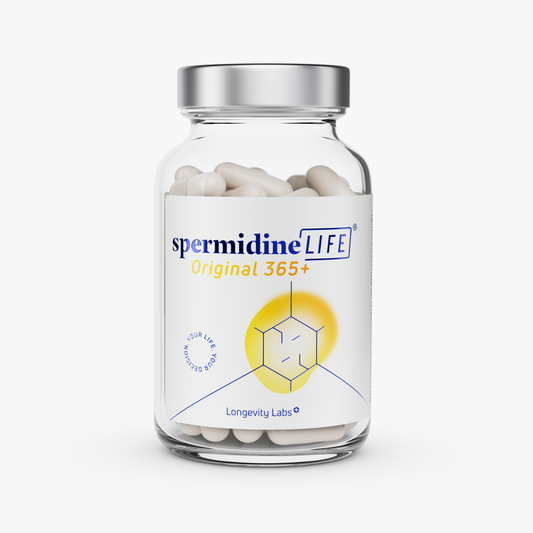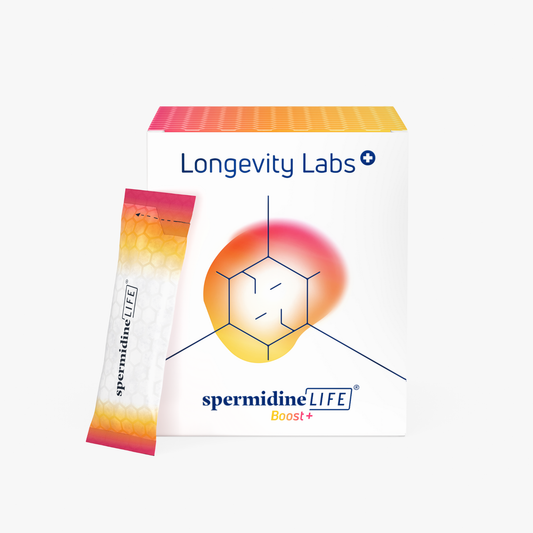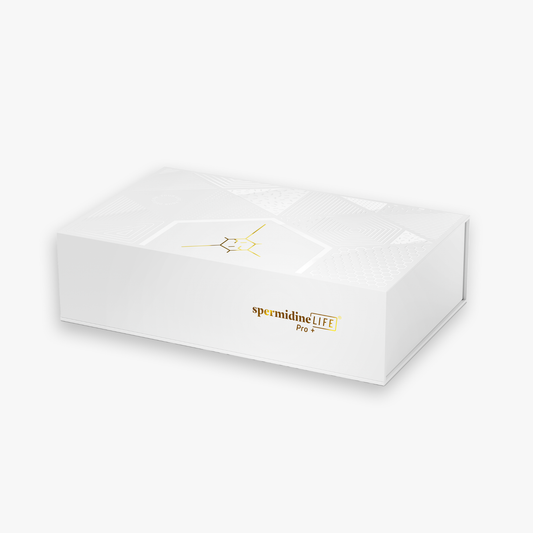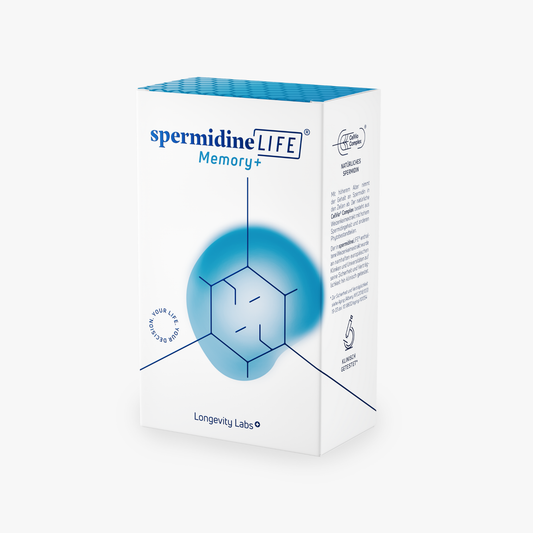
Our Immune Cells—Fighting for Our Immune System
Immunity+, TLL LongevityLabsOur immune system plays an important role especially in the cold season and especially today. It has to protect us from various germs. Not everybody is aware that this is done mainly by our immune cells.
Cells are the building blocks of life and fulfill vital functions in our bodies. Adults like us consist of 1014 cells. That’s 100 trillion or 100,000,000,000,000 individual cells. Here’s a little comparison so you can picture it better: If we were to place all those cells, which are on average only 1/40 millimeter long, in a line, it would extend 2.5 million kilometers — about 60 times around the earth. Let that sink in a little.
Every cell and every different cell type fulfills a different task in our body. You may already know that the active maintenance of our body’s own cell recycling and cell renewal process—also known as autophagy—is important. Because it ensures the disposal of harmful cellular waste.
Our Immune Cells
Today, we want to take a closer look at a certain group of cells: our immune cells. They form a large part of our body’s defense system and remove microorganisms and foreign substances that have entered our body. In plain language: They protect us against viruses, bacteria, and parasites and fight all these germs so that they cannot spread in our body to make us sick. What is more, our immune cells are able to destroy the body’s own defective cells.
Our immune cells include a wide variety of blood cells—also called white blood cells or leukocytes. They are formed in the bone marrow, circulate in blood vessels and lymph channels, and occur in our body’s tissues. They use two different strategies to fight pathogens: One part of immune cells simply eats up the germs—just like PacMan in the computer game. The other part produces so-called immunomodulators that control the immune response and direct other defense cells to where they are needed.
So what kind of cells take care of our immune system?
First, there are the granulocytes, which make up a large share of our white blood cells. The subtype of neutrophil granulocytes—neutrophils for short—is attracted to where they are needed by immunomodulators. They store aggressive substances which they can use to neutralize pathogens on-site.
Macrophages—giant scavenger cells that are also called monocytes—form another part of our immune system’s patrol. They guard our tissue, recognizing and eating up any germs that have intruded. If they are outnumbered, they call the adaptive immune system for help—more accurately, T helper cells, our immune system’s Wega, so-to-speak—and present their enemy on a platter. The T helper cells then destroy the pathogens. Macrophages also play a crucial role in fighting and removing harmful substances and waste products. This is why they are also called the “waste collectors of the body”. For example, they remove cigarette smoke tar from the lungs.
Other Small Helpers
Another group of immune cells are natural killer cells—in short, NK cells. They are part of our innate immune system and represent our first line of defense in fighting infections. The special thing about them is that they can destroy infected cells without having had prior contact with the germ. They can recognize healthy cells in our body and fight foreign cells based on their surface.
Another type of scavenger cells are dendritic cells. They develop from macrophages or T-cells and occur primarily in the skin and mucous membranes. When they recognize a pathogen, they also call in the adaptive immune system and present the unwanted guest to the T-lymphocytes. Unlike other defense cells, calling them is a lot more effective. They are the influencers of the cells, as it were. One single dendritic cell can activate about 100 to 3,000 T-cells.
T-Cells
The T-lymphocytes or T-cells that we mentioned above originate in the bone marrow as well, but then they move to the thymus, where they mature—that’s why they have a ‘T’ in their name. They recognize the intruders they are presented with and fight them specifically. Different types of T-cells are distinguished depending on their structure: Among them so-called T helper cells, which are part of our adaptive immune system and coordinate our immune reaction. Then there are regulatory T-cells. Their task is to modulate the immune reaction and—presumably—to suppress an overshoot of the immune response to harmless germs or the body’s own structures. Cytotoxic T-cells recognize cells of our body that are affected by germs and attach to them. As their name suggests, they kill the intruders by secreting substances that are toxic for the diseased cell.
B-Cells
Last but not least, white blood cells include B-lymphocytes, or short, B-cells. They originate in the bone marrow as well. First, they attach to a pathogen. If they are then activated by T helper cells, they develop into antibody-producing plasma cells that fight the intruders or into memory cells that can recognize germs more quickly in the future.
A Whole Lot of Cells…
…are working hard for our health, aren’t they? This is a sophisticated defense system that ensures that our immune system recognizes and fights pathogens. It is amazing how many of the smallest building blocks of our body are involved in making our immune system work smoothly. One thing is clear, our cells play an important role in our immune system. Therefore, if we want to stay healthy for a long time, we have to take care of our cells.
That means regular exercise outside and a balanced, varied diet as well as calmness and the reduction of known immune system burdens such as stress and lack of sleep. Our body can certainly use additional support for our immune system’s fight. That means for our immune cells: We should support good cell function and cell renewal with a sufficient supply of micronutrients!






